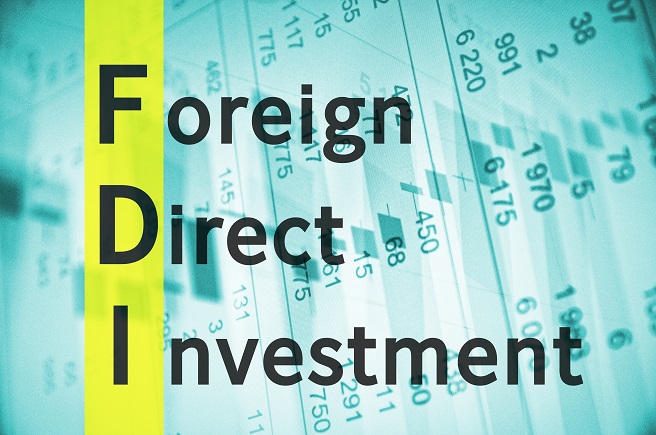
In Serbia FDI inflow reached $3,4 billion, in the previous year and it placed the country at third position regarding attracted FDI among economies in transition, right behind the Russian Federation ($9,7 billion) and Kazakhstan ($3,4 billion), according to the newly published UNCTAD “World Investment Report 2021”.

Photo: Shutterstock
The Report states that South-East Europe had around $6 billion FDI in total, which indicates that more than half of the FDI of the region in 2020 came to Serbia.
As published in the analysis, South-East Europe has faced decrees in FDI inflow by 14% compared to the previous year, although to a far lesser extent than in the CIS and Georgia (-64 percent, to $18 billion).
Moreover, Report highlights that activities related to supplying global value chains were under pressure in practically all countries, explaining part of the decline in FDI. Delays in implementing export-oriented investment projects related to GVCs weighed on inflows to the South-Eastern European economies. Despite South-East Europe’s close links with the EU, which could translate into nearshoring activities, new projects were slow to materialize in the early phase of the crisis, reports UNCTAD.
As for Serbia, the “World Investment Report 2021” emphasizes that despite the interruptions in trade and GVCs, the automotive industry registered some expansions, such as that of the Magna Seating plant and of Cooper Tire & Rubber (United States).
When it comes to the economies in transition, FDI flows declined by 58 percent to $24 billion in 2020. Most economies in the region – including the Russian Federation – experienced declines, though to greatly varying degrees. FDI grew in only three countries: Belarus, Kazakhstan, and Montenegro.
Economies in transition continued to receive most of their inward FDI from Western European economies. The top 10 also included China, the Russian Federation, and the United States.